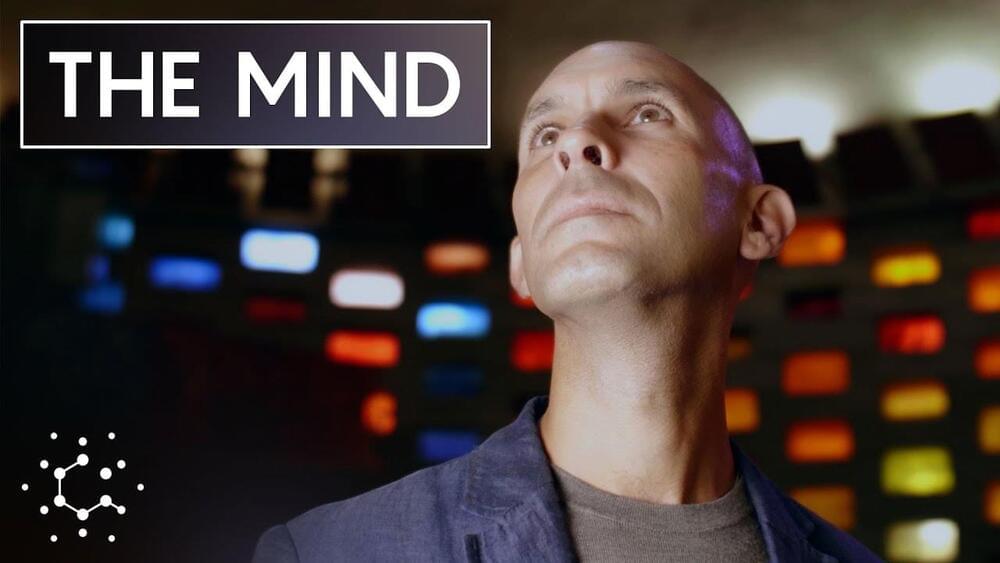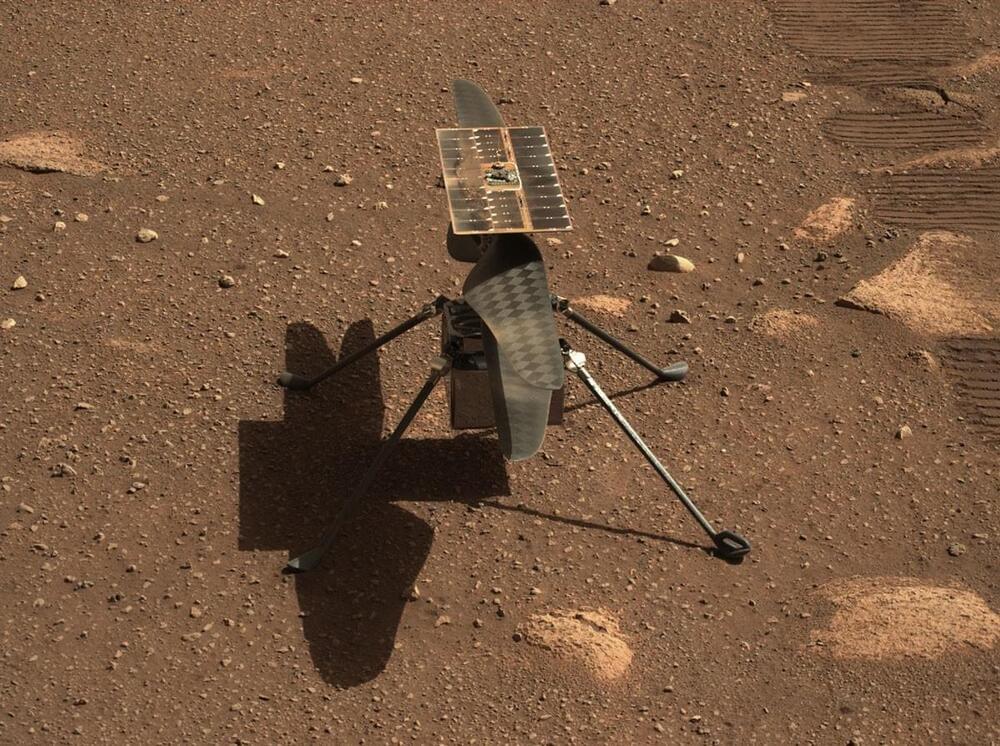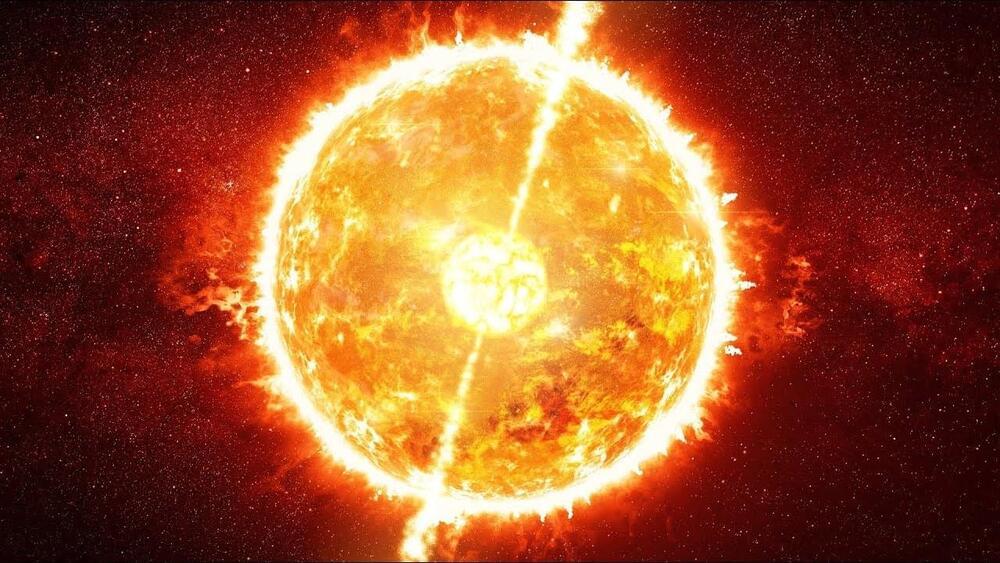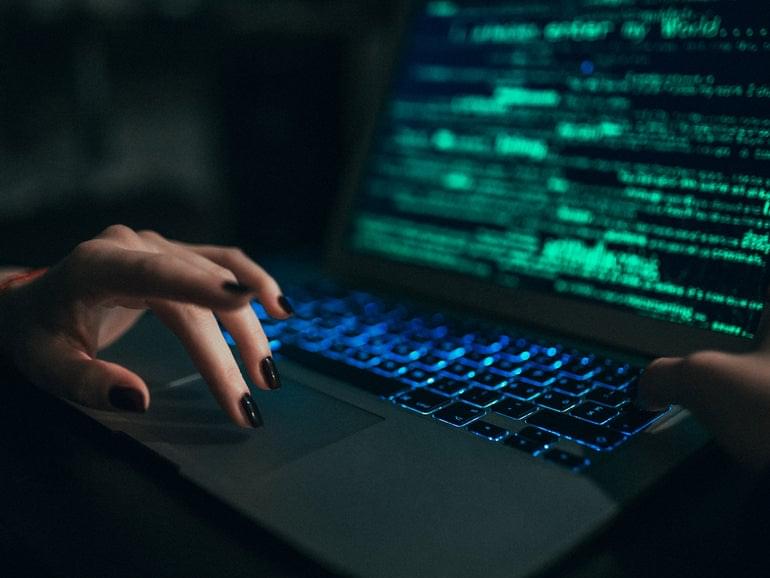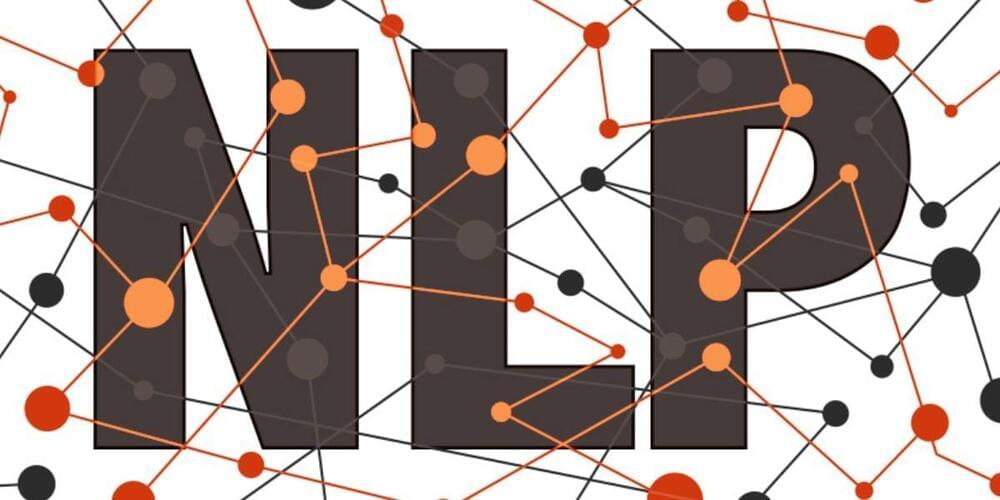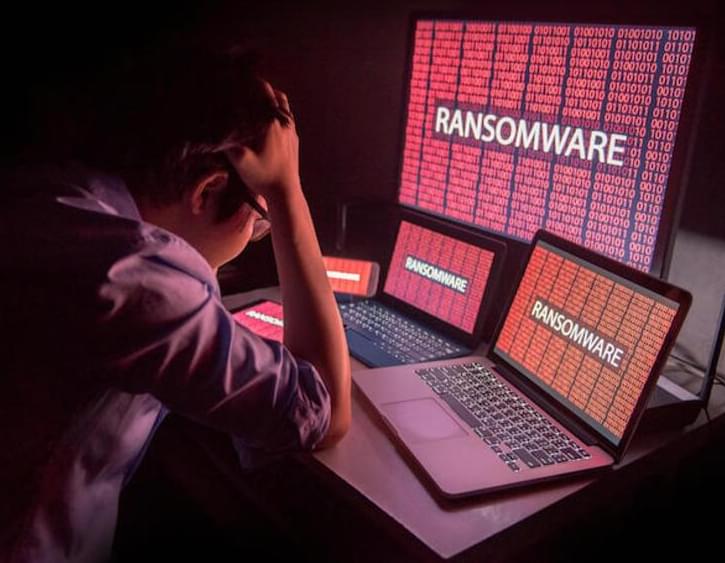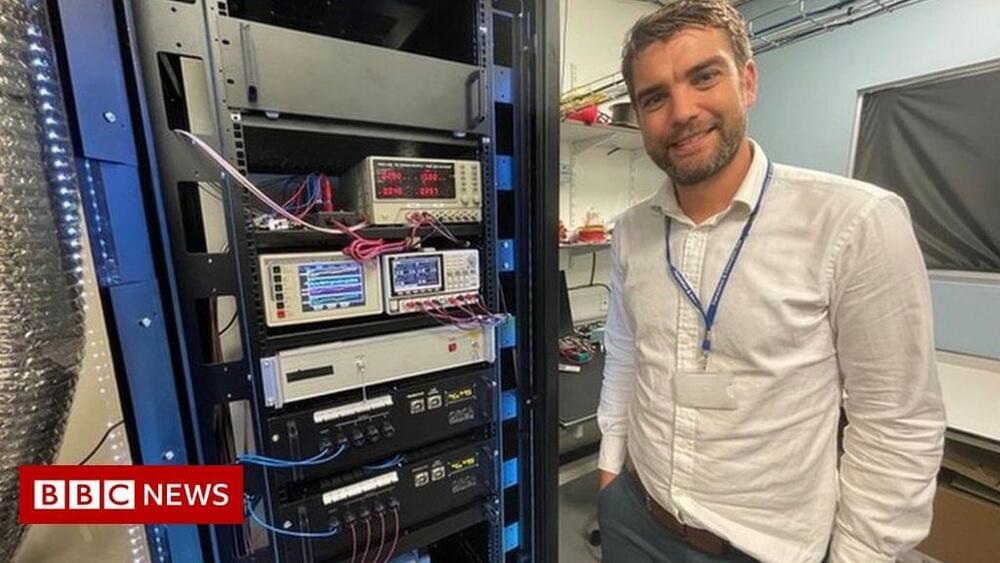Anil Seth wants to understand how minds work. As a neuroscientist at the University of Sussex in England, Seth has seen firsthand how neurons do what they do — but he knows that the puzzle of consciousness spills over from neuroscience into other branches of science, and even into philosophy.
Warning: This video may potentially trigger seizures for people with photosensitive epilepsy. Viewer discretion is advised.
